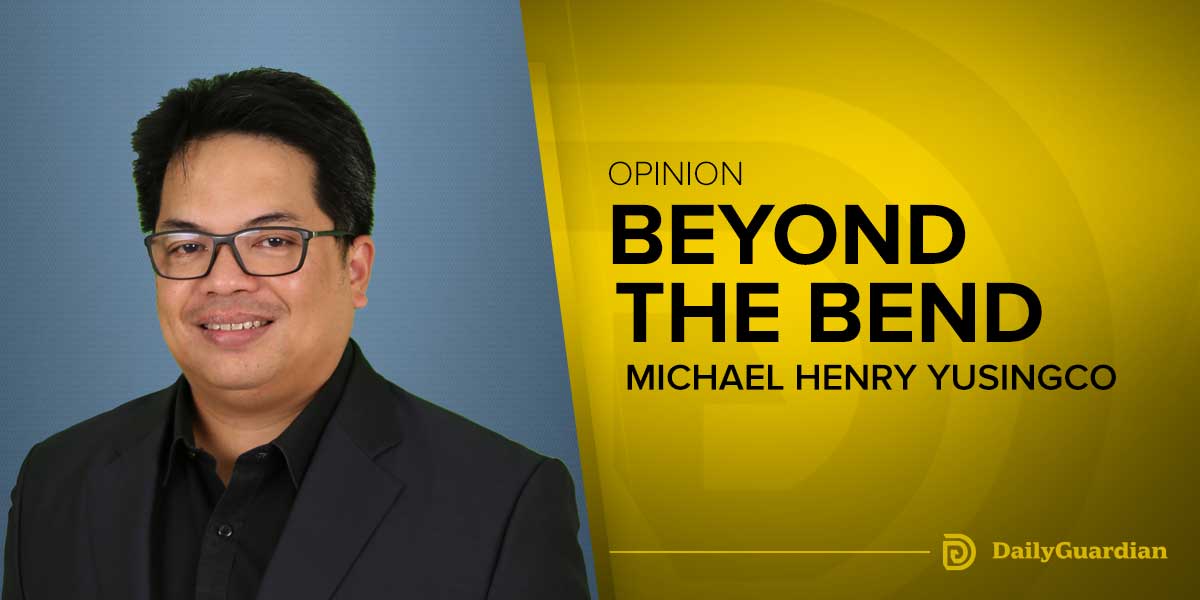By: Reyshimar Arguelles
Human life is fragile and human consciousness is just as vulnerable to the great unknown. This has been the subject of numerous authors who delve into the contradictions that purport to show the human condition as nothing but tragic.
So, to distract ourselves from our own punniness, we turn towards the idea of mortality itself for solace.
From H.P. Lovecraft who made us realize mankind’s powerlessness in the face of unfathomable terror to the handiwork of serial killers like Ted Bundy, there seems to be an allure with the way we view death and violence.
The aestheticization of violence is nothing new and it has always been a common cultural trope. It is almost cathartic to hear, read, and talk about topics involving cannibalism and body-horror. Perhaps we are all naturally violent with a nagging desire to escape civility. Decent people can become rabid animals overnight if you kick them in the right areas.
Fortunately, people are not operated in such a way. We are all better off suppressing the urge to start a bar fight. The best we could do is to listen to news anchors telling us that the world is burning like a flaming mound of cow dung.
It is only when the evening news comes on that we get to realize our tendency to embrace violence. You can veer your eyes from graphic footage showing the mangled bodies of hit-and-run victims or curse at drug-dazed rapists and murderers, but what is there to show but our responsiveness towards the gruesome side of human nature.
Of course, decency and social convention separates us from the darker side of our psyche, but then we cannot do away with our violent selves, thinking about how our hands have always been tainted by the blood of Abel.
This would explain why people have a predilection to treat violent crime with such fondness. Indeed, no other news item is sellable than a 400-word article or a 3-minute broadcast that describes graphic details about people who have been dissected and disfigured.
It is no surprise that mass media, made even more potent by social networking platforms, treats crime in such a way that the function of disseminating information gets lost under a desire to commodity human tragedy. You cannot simply ignore the fact that mass media operates like a market where the critique and vetting of news stories hardly takes place.
But it is not as though the mass media is an entity all on its own. It is a platform where the content matters less than the intent of the source. The government, may just as well use media channels to prop up issues that may or may not exactly exist.
For sure, this has been the style of governments led by populists whose idea of acquiring power is blurring the lines between reality and falsehood. Take the likes of Donald Trump who metastasized the collective anger of hardline anti-immigration advocates who were animated by the erroneous idea that Hispanics are crossing the border like a murderous horde, and Jair Bolsonaro who once said that change in Brazil will not come through an election but through a bloody civil war which will cost the lives of 30,000 people.
Of course, the Duterte administration does not pale in comparison to the current governments of the US and Brazil. And while the President has time and again admonished the mass media for fear-mongering and sensationalizing issues, Duterte himself has been singing the same tune when he mentioned how the drug menace is consuming the youth and the only way to stop it is to be just as gruesome as violent.
For what it’s worth, though, sustaining common tropes that instill a feeling of fear and legitimize violence solidifies power, regardless of the implications.






















